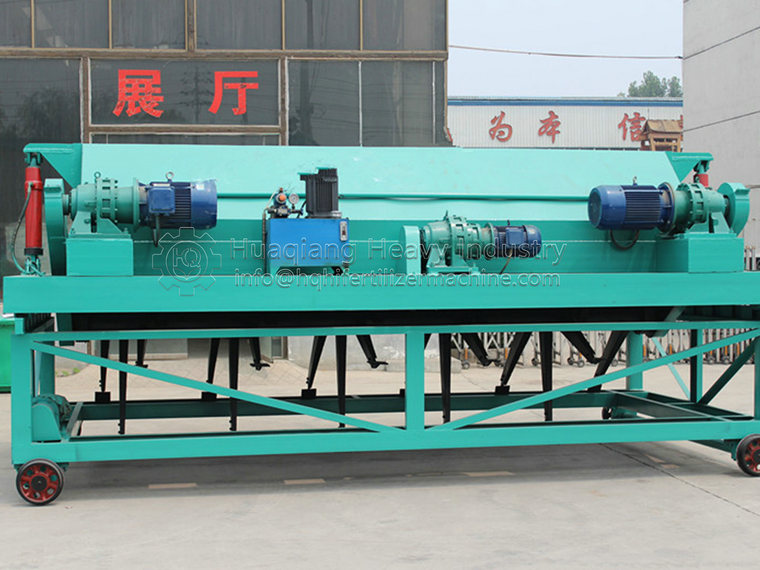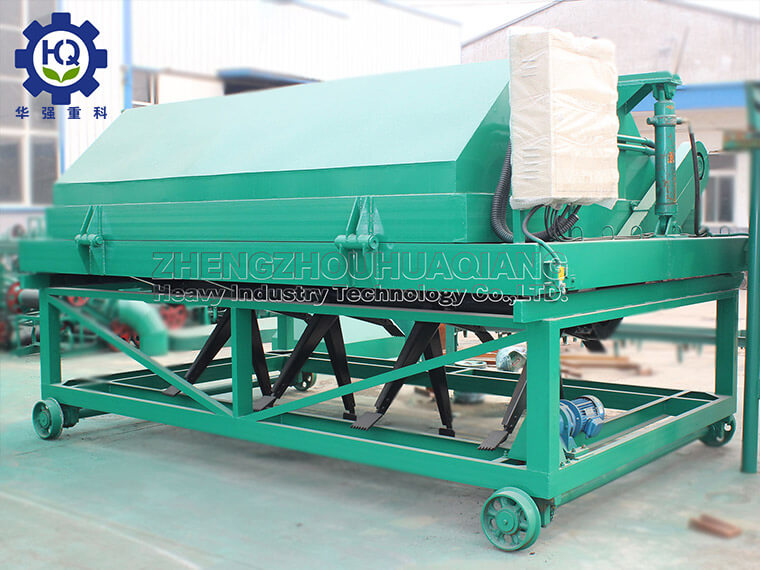The appropriate use of fermentation agents for organic fertilizer composting with a composting machine
Scientific and reasonable fermentation can promote disease resistant organic matter. In the fermentation process of organic fertilizer manufacturing process, with a large number of microorganisms breeding and a series of complex biochemical reactions, microorganisms produce a large number of specific metabolites in the breeding process, such as hormones, antibiotics and autoimmune substances, which can promote the rapid growth and development of crops and inhibit the spread of soil diseases, Improve the ability of resistance to disease and adversity of crops. The organic fertilizer without fermentation not only has no above characteristics, because the virus bacteria carried by itself also become the main origin of crop diseases.
The following organic fertilizer and NPK fertilizer manufacturing process manufacturers introduce the use of fermentation dumper process precautions, I hope to help you.

Organic fertilizer raw material processing and fermentation skills:
(1) Fermentation with weeds and crop straw (it can be decomposed in about 25 days)
It can be adjusted by crushing or chopping weeds and crop stalks (generally 3-5cm in length) with 40% fecal water or biogas slurry; it can also be adjusted by 2% urea (46% nitrogen content) or compound fertilizer with equal nitrogen content; it can also be adjusted by adding fresh livestock manure in the weight ratio of 3:1-4:1. The compost turner will treat the ferment on time.
(2) Fermentation with pure feces (it will decompose in about 20 days):
It is advisable to add crushed (chopped) weeds and crop straws for fermentation, and adjust the compost moisture to about 60%. The commonly used weight ratio is 3:14:1 for adjusting fermentation. Then the fermentation compost turning machine mixes the materials during the turning and throwing process.
(3) Fermentation with manure (it will decompose in about 15 days):
After expanding the volume of the strains, evenly remove a layer in the pen, stir it, and stack it directly on the fermentation platform. Repeat the operation. If the water content is too large, add an appropriate amount of crushed to the pen. Dry auxiliary materials to be adjusted.


.jpg)

.jpg)

.jpg)

